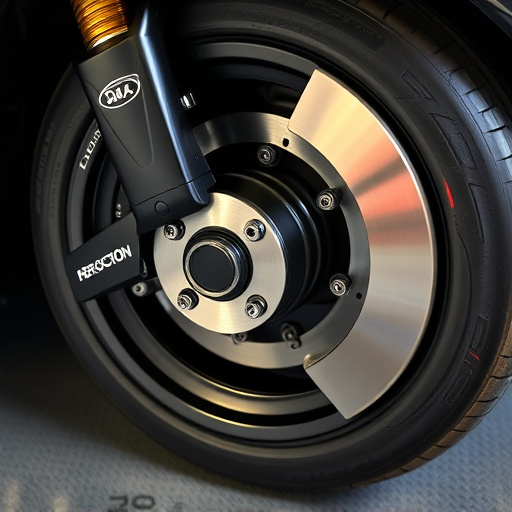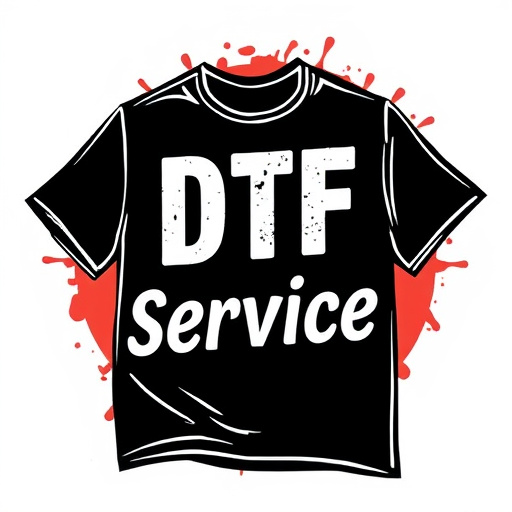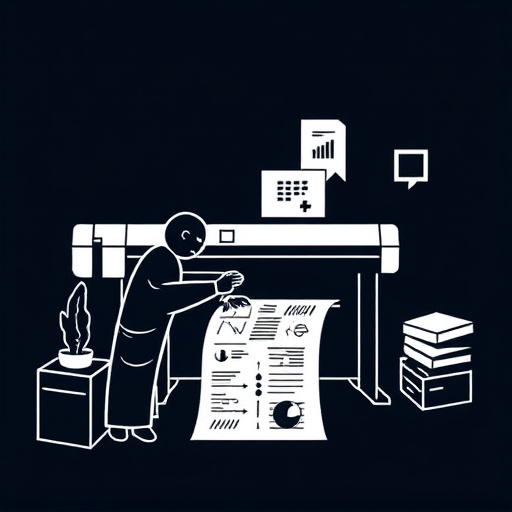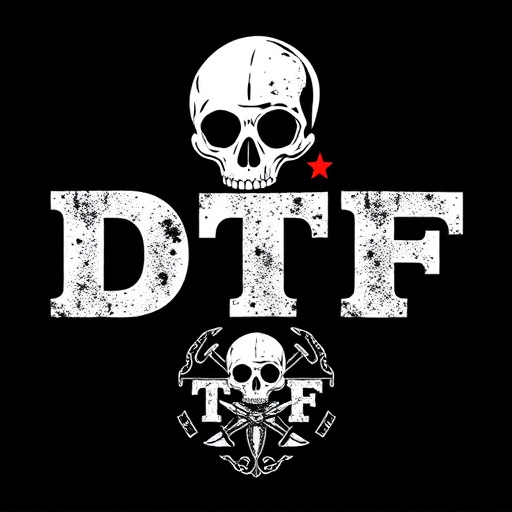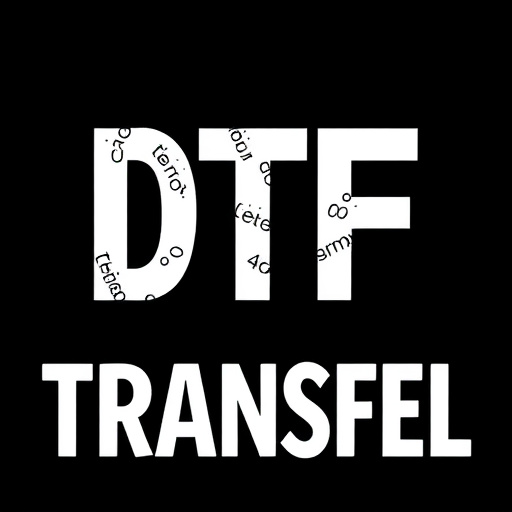Same-day Direct to Fabric (DTF) printing is a game-changer for clothing brands and designers, enabling them to swiftly bring creative visions to life with sharp, vibrant prints in just hours. To automate this process, businesses should use user-friendly online platforms that allow customers to submit custom design orders easily. The system generates job order numbers, assigns tasks to printers, and schedules production based on complexity and turnaround time, while maintaining clear communication on file formats. Implementing efficient same-day DTF printing involves best practices like using cloud-based project management systems, high-quality heat transfer paper, and automated cutting systems for maximum productivity and crisp prints.
“Streamline your print requests with our guide to automating Same-Day DTF (Direct to Fabric) Printing. In today’s fast-paced world, efficient production is key, and automated systems can revolutionize your workflow.
This article provides a comprehensive overview of the process, from understanding the unique demands of same-day printing to implementing practical solutions. We’ll explore crucial steps, best practices, and essential tools to ensure successful automation, enhancing your business’s capability to meet urgent fabric printing needs.”
- Understanding Same-Day DTF Printing: A Brief Overview
- Key Steps to Automate the Process
- Best Practices and Tools for Efficient Implementation
Understanding Same-Day DTF Printing: A Brief Overview
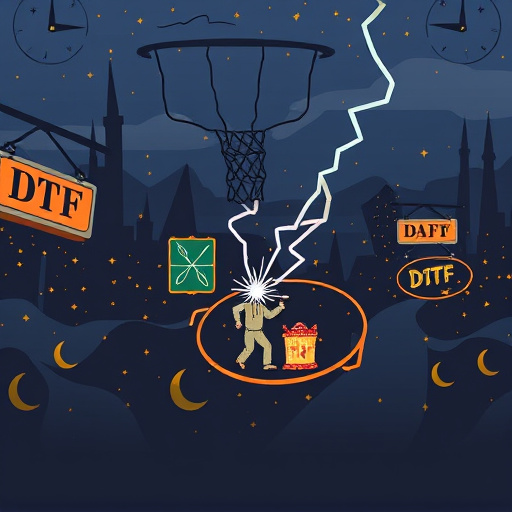
Same-day Direct to Fabric (DTF) printing is a game-changer for clothing brands and designers looking to swiftly bring their creative visions to life. This innovative technique allows for on-demand printing directly onto various fabrics, enabling quick turnaround times and efficient production processes. With same-day DTF printing, designs can be transformed into tangible garments or accessories in just hours, making it an ideal solution for those who need to meet tight deadlines or offer personalized, limited-edition pieces.
This method involves using specialized printers that apply a thin layer of ink directly onto the fabric’s surface, creating sharp, vibrant prints. Unlike traditional printing methods, DTF printing is versatile and suitable for various fabric types and designs, including intricate logos and detailed artwork. Whether it’s for bulk DTF shirt production or creating unique, custom-designed clothing, the best DTF printers offer high-quality outcomes, ensuring that your printed items not only look great but also feel comfortable against the skin.
Key Steps to Automate the Process

To automate same-day DTF (Direct to Fabric) printing requests, businesses should focus on streamlining each step of the process. Firstly, implement a user-friendly online platform or application where customers can submit their custom design orders easily. This digital interface should allow for clear communication of acceptable file formats and specifications, ensuring that only compatible designs are accepted, thus saving time on pre-processing.
Once an order is placed, the system should automatically trigger a series of actions. This includes generating a unique job order number, assigning it to the printer, and scheduling production based on the complexity of the design and the desired turnaround time. For DTF printing for light fabrics or t-shirts, specific settings might need to be adjusted to ensure optimal color vibrancy and adhesion. Regular updates on the status of each order should be sent to customers, keeping them informed and reducing inquiries.
Best Practices and Tools for Efficient Implementation
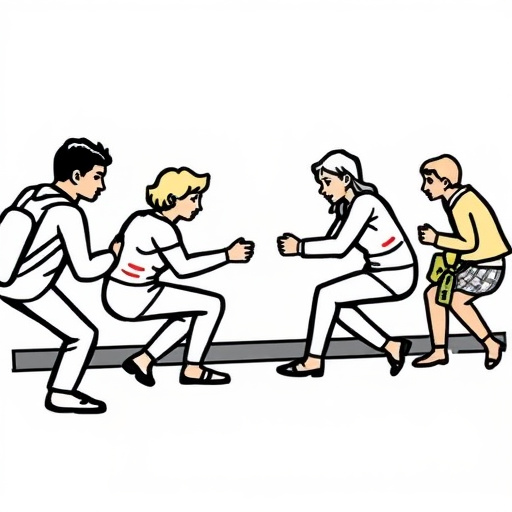
Implementing same-day DTF (Direct to Fabric) printing efficiently requires a blend of best practices and suitable tools. Firstly, streamline your design process by utilizing user-friendly graphic design software that supports direct printing to DTF transfer film. This ensures accuracy in file preparation, reducing errors that can delay production. Secondly, organize your workflow with cloud-based project management systems that facilitate collaboration among team members, allowing for quick reviews and approvals, which are crucial for same-day turnaround times.
Invest in high-quality DTF heat transfer paper to guarantee crisp, vibrant DTF prints. Automate the cutting process using precision cutters designed specifically for DTF applications, enhancing speed and accuracy. Additionally, consider integrating a fully automated printing system that can handle batch processing, minimizing manual intervention and maximizing productivity. Remember, efficient implementation hinges on combining streamlined workflows with reliable, high-performance materials and equipment tailored to same-day DTF printing.
Automating same-day DTF (Direct to Fabric) printing processes is a game-changer for any business looking to enhance efficiency and meet tight deadlines. By implementing automated systems, you can streamline orders, reduce human error, and ensure a seamless experience for your customers. The key lies in adopting best practices and utilizing suitable tools that cater to the unique requirements of DTF printing. With the right approach, you’ll revolutionize your printing workflow, making it faster, more accurate, and cost-effective. Embrace these strategies to stay ahead in the competitive world of same-day DTF Printing.


